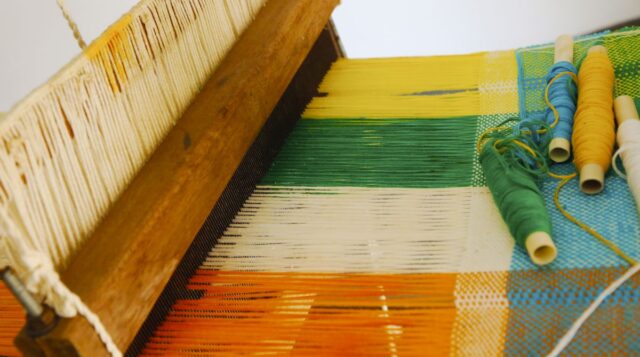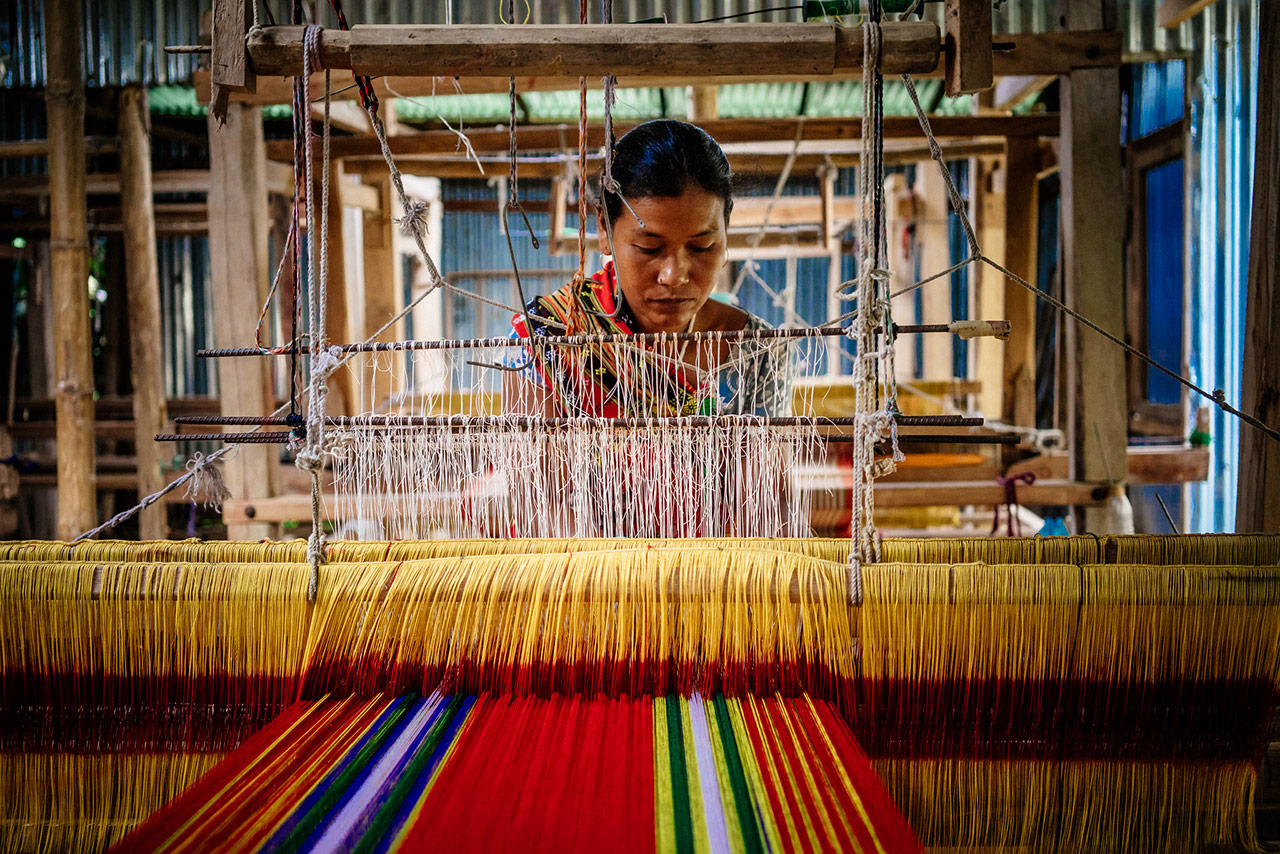Agra is renowned for its rich heritage in handloom textiles, producing beautiful fabrics that reflect the region’s cultural significance. With the increasing demand for handmade and sustainable products, launching an e-commerce website for Agra’s handloom industry presents a significant opportunity. Here’s a step-by-step guide to help you get started.

Table of Contents
Toggle1. Research the Market
Before diving in, conduct thorough market research to understand the handloom industry in Agra. Explore:
- Target Audience: Identify your target customers, such as local buyers, tourists, and international customers interested in handloom products.
- Competitors: Analyze existing e-commerce platforms that focus on handloom products. Understand their offerings, pricing, and marketing strategies.
2. Define Your Niche
The handloom industry is diverse, encompassing various products like sarees, stoles, fabrics, home textiles, and more. Define your niche based on:
- Product Range: Decide whether you want to focus on specific items (e.g., sarees, dupattas) or a broader range.
- Sustainability: Highlight the eco-friendly aspect of handloom textiles, which can attract environmentally conscious consumers.
3. Create a Business Plan
A well-structured business plan will guide your e-commerce venture. Include:
- Executive Summary: Outline your business vision, mission, and objectives.
- Market Analysis: Summarize your market research findings.
- Marketing Strategy: Detail how you plan to promote your e-commerce website, including SEO, social media, and email marketing.
- Financial Projections: Estimate your startup costs, revenue forecasts, and funding sources.
4. Choose an E-commerce Platform
Selecting the right e-commerce platform is crucial for your website’s success. Popular options include:
- Shopify: User-friendly with various templates, ideal for beginners.
- WooCommerce: A WordPress plugin that offers customization and scalability.
- Magento: Suitable for larger businesses with more complex needs.
Evaluate each platform’s features, costs, and scalability to choose the best fit for your business.
5. Design Your Website
Your website design should reflect the essence of Agra’s handloom heritage. Focus on:
- User Experience (UX): Ensure easy navigation, quick loading times, and a mobile-responsive design.
- Visual Appeal: Use high-quality images and engaging descriptions to showcase your products.
- Brand Identity: Incorporate branding elements, such as a logo, color scheme, and typography, that resonate with your target audience.
6. Set Up Payment and Shipping Options
Choose secure payment gateways to facilitate transactions, such as PayPal, Stripe, or local payment methods popular in India. Consider the following for shipping:
- Shipping Partners: Collaborate with reliable logistics companies for domestic and international shipping.
- Shipping Costs: Clearly communicate shipping costs and policies on your website.
- Return Policy: Establish a transparent return policy to build customer trust.
7. Source Quality Handloom Products
Collaborate with local artisans, weavers, and cooperatives to source authentic handloom products. Ensure that the quality meets customer expectations, and consider:
- Fair Trade Practices: Promote fair pricing and ethical practices in sourcing products.
- Product Variety: Offer a diverse range of products to appeal to different customer preferences.
8. Implement Digital Marketing Strategies
To drive traffic to your e-commerce website, implement various digital marketing strategies:
- Search Engine Optimization (SEO): Optimize your website with relevant keywords, meta descriptions, and quality content to improve search rankings.
- Social Media Marketing: Use platforms like Instagram, Facebook, and Pinterest to showcase your products and connect with potential customers.
- Content Marketing: Create a blog focused on handloom textiles, fashion tips, and care instructions to engage your audience and improve SEO.
9. Provide Exceptional Customer Service
Exceptional customer service can set your e-commerce business apart. Consider:
- Live Chat Support: Implement live chat options to assist customers in real time.
- Responsive Communication: Respond promptly to customer inquiries via email and social media.
- Customer Reviews: Encourage customers to leave reviews and showcase positive feedback on your website.
10. Monitor Performance and Iterate
Once your e-commerce website is live, monitor its performance using analytics tools. Track key metrics such as:
- Website Traffic: Analyze where your visitors are coming from and which products are popular.
- Conversion Rates: Measure how many visitors are making purchases and identify areas for improvement.
- Customer Feedback: Regularly seek customer feedback to refine your offerings and improve the shopping experience.
Conclusion
Starting an e-commerce website for Agra’s handloom industry is an exciting opportunity to promote local craftsmanship and connect with a global audience. By understanding the market, defining your niche, and implementing effective strategies, you can create a successful online platform that showcases the beauty of Agra’s handloom textiles. Embrace the journey, and you’ll not only contribute to the local economy but also preserve the rich heritage of handloom weaving.


No responses yet